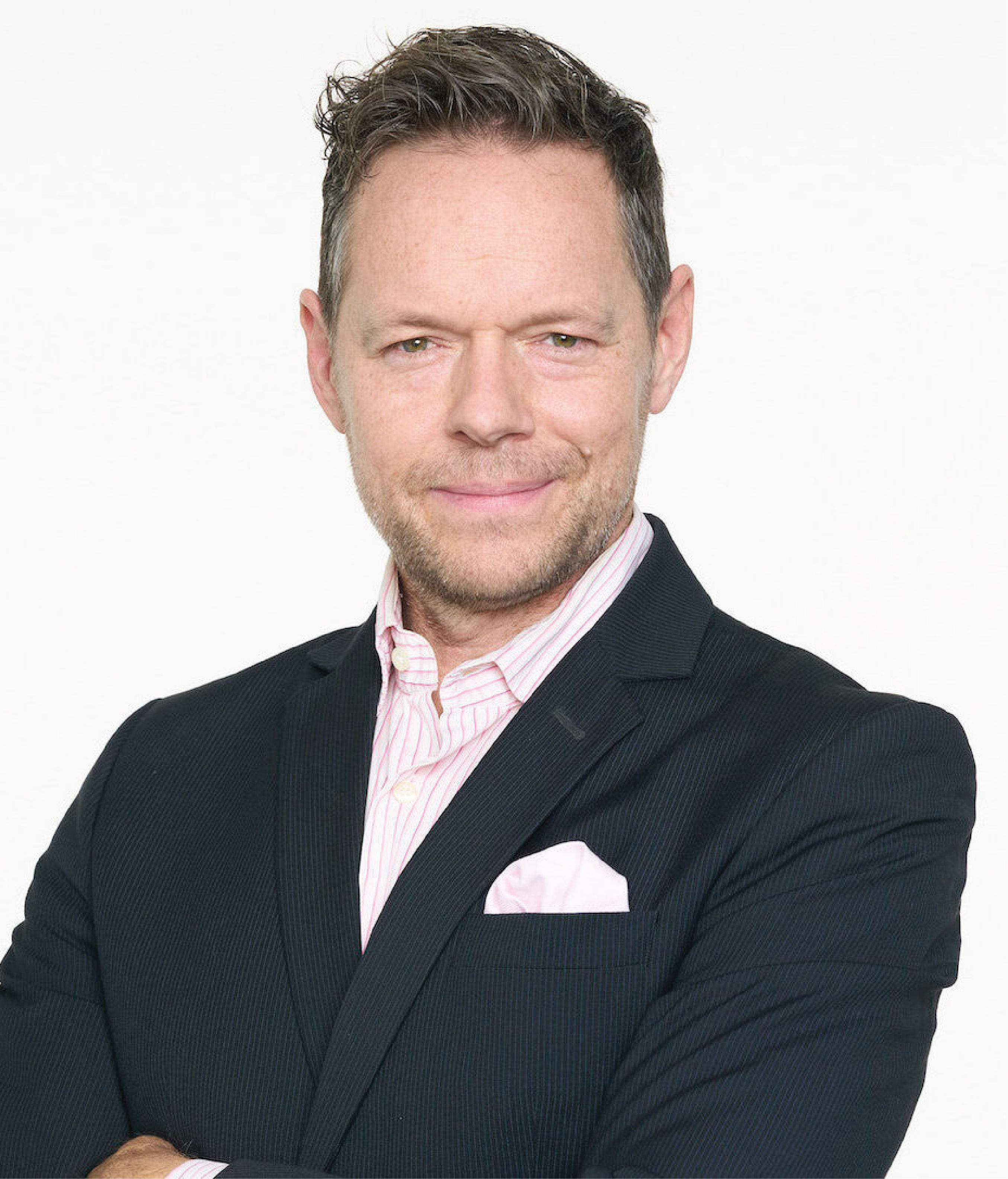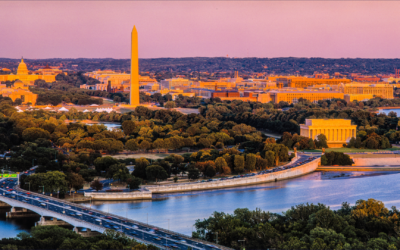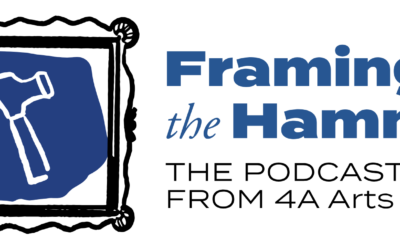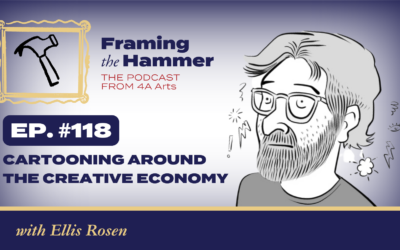Today, President Biden sent his proposed budget for fiscal year 2024 to Congress. In it were financial priorities for every federal department, technological investments to grow manufacturing, and strategic initiatives to shore up jobs and national security. The budget reflects President Biden’s national priorities that might be summarized as:
- Decrease the deficit
- Preserve entitlements like Social Security and Medicare
- Promote American jobs
- Compete healthily with China
Nestled within the president’s budget is $211 million for the National Endowment of the Arts (NEA), a 1.9% increase from the $207 million allocated by Congress for 2023. Meanwhile, the cost of living has risen by an estimated nearly 9% since 2022.
But the NEA and the American creative economy should be a much higher priority (and portion of budget allocation) for the United States. Nothing spurs the economy like creativity and nothing spurs creativity like American arts and culture.
There are more than 4.6 million creative industry workers in our country (an economic force equivalent to the airline industry) and the sector contributes $877 billion to the GDP, which is more than transportation, utilities, or education – in fact, more than agriculture and mining combined. It comprises a demographic that includes painters and poets, but also construction workers, fashion designers, consultants, and mental health care workers. Arts and culture is an ecosystem that, when appropriately leveraged, brings innovative problem-solving skills to all industries.
Our cultural ecosystem is responsible for far more than providing just entertainment, enrichment, and pleasure in our lives. Arts and culture are also an overlooked economic engine for small towns, suburbs, and big cities alike.
Though few studies exist to prove it as yet (something 4A Arts plans to change,) it’s clear that investing in arts and culture results in huge returns. One study in Chicago found that in “the Loop” neighborhood, for every dollar spent on a theater or concert ticket, $12 of revenue was generated for the Loop economy at large. In the United Kingdom, it was found that for every £1 of taxpayer money that funded its national Arts Council, the Council returned £5; in 2013, that amounted to an added £2.35 billion in the UK national treasury.
But the lack of prioritization of the NEA shows just how little our government values these 4.6 million workers punching well above their weight in economic contributions. The prioritization has, in fact, plummeted over the past thirty years. In 1984, the NEA allocation was 0.0002% of the national budget, nearly twice the percentage it claims today. If funding had merely stayed with inflation since 1982, NEA funding would be $440 million instead of $207 million.
If that seems like a lot, keep in mind that the Department of Defense was given the green light to put $1.7 trillion (yep, trillion with a “T”,) towards development of the F-35 jet fighter, funding that has yet to produce a single viable jet fighter after over 10 years of spending. For more perspective, 2021 NEA appropriations – a paltry $167.5 million – comprised 0.0001% of discretionary spending, while spending on defense made up 46% and cost American taxpayers a whopping $742 billion.
All of this to point out that this funding is a sad sum for the sole national entity playing the most critical role in the American creative economy that has such immense, untapped economic potential.
The NEA is an independent federal agency, and the single federal source of funding for United States artists and artistic organizations across the nation, distributing grants that directly impact arts and culture in communities nationwide, particularly in rural areas. Ultimately, the NEA helps craft American identity because American identity is molded by American creativity which stems from American arts and culture.
Further, American arts and culture should be a bipartisan affair. Business leaders know that arts and culture institutions are financial engines driving the economies of small towns, exurbs, suburbs and big cities. In 2020, 204 Chambers of Commerce (traditionally overwhelmingly Republican voters) from all fifty states signed a letter to Congress requesting the NEA’s budget be increased 600%, from $162.5 million in 2020 to $6 billion in 2021. That request amounts to over 28 times what President Biden is asking this year.
The United States needs to fund social security and medicare, support the military – including its efforts to shore up democracy overseas lower drug prices, and cut down on waste and fraud. It also should proactively fund the people and organizations that have untapped employment potential and contribute the very most to American “soft” power: artists.





